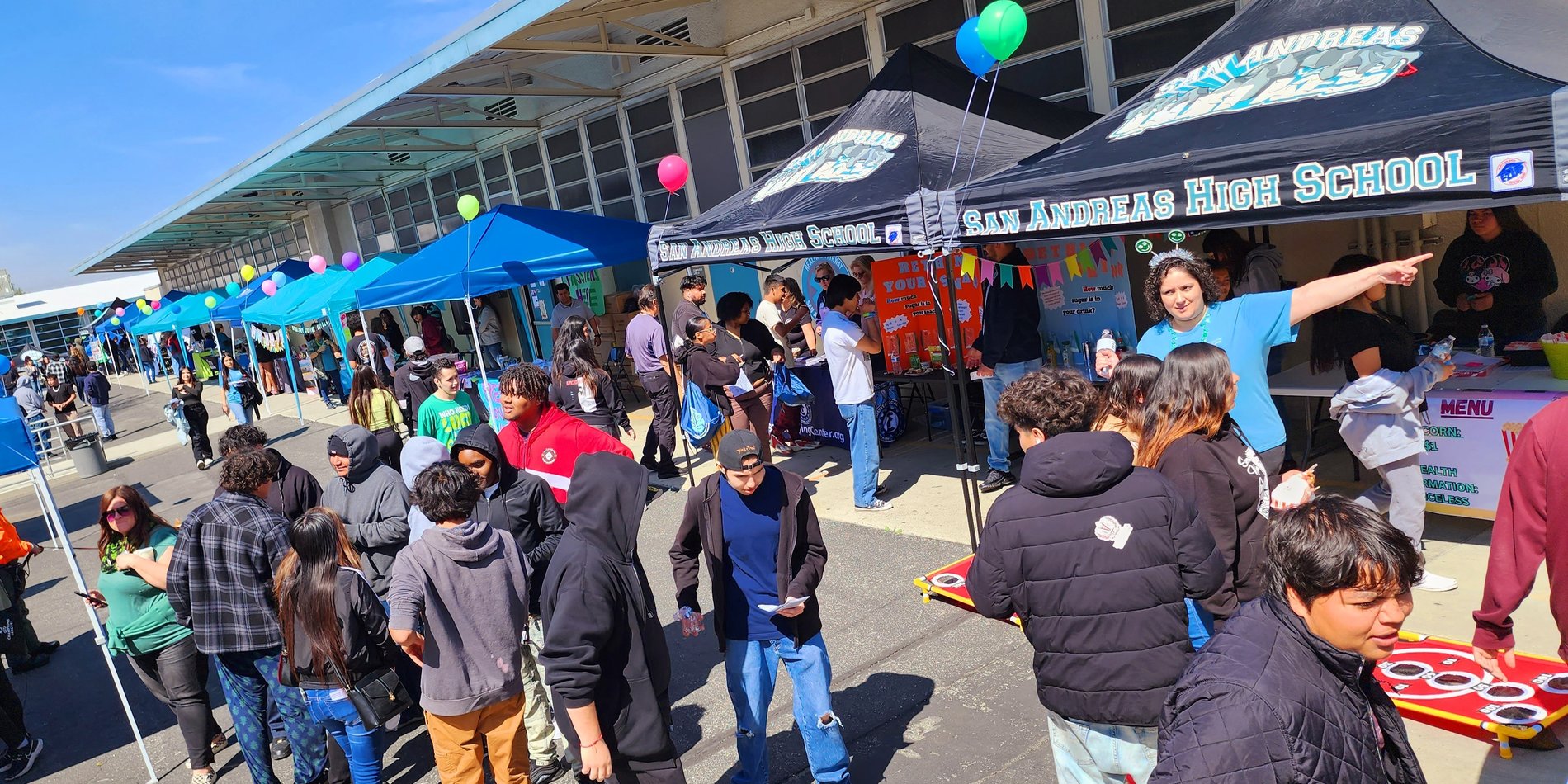Creating School Environments that Foster a Sense of Belonging
Many of our local school partners grapple with how to make youth and families from multiple backgrounds feel welcomed and valued. It’s also an area of deep personal interest from my experience as a young teacher and, more recently, as the parent of young children who sometimes struggle to navigate moments when racial, ethnic, and cultural differences come into play. So when it came time to tackle a dissertation topic, I really wanted to explore how school racial/ethnic diversity impacts teaching, learning, and youth’s social interactions.
What I initially found was that much of the existing research on diverse schools has focused on understanding if school diversity leads to better academic achievement for students. However, based on my own experiences in the classroom and research showing that youth of color can face discrimination and marginalization in diverse settings, it felt important to answer a different set of questions. That’s why the goal of my work has been to gain insight into how to design diverse educational spaces in which youth of all backgrounds can thrive academically and socio-emotionally.
As part of this inquiry, I looked at schools across one large urban district and found that even though having a critical mass of same-race peers and staff was important to create a sense of belonging, it was never sufficient alone. Rather, it is also necessary to explicitly focus on equity in the ways that schools communicate their values, organize resources, and administer discipline.
Interestingly, the factors associated with belonging differed across the four major racial/ethnic groups I examined—Asian American, Black, Latinx, and White. For example, a high concentration of same-race peers was an essential component of belonging for Latinx students, whereas Asian students experienced low belonging in schools with high same-race enrollment. Findings such as this are an important reminder that we need to think about the unique experiences and histories of each of these groups rather than consolidating them into a white-nonwhite binary, as policies often do.
A closer look at a high school debate league
I also wanted to get an up-close look at how organizations structure opportunities for belonging in everyday interactions. I was able to do so through a year-long ethnographic study of a racially/ethnically diverse high school debate league, where I had a long history of involvement. Debate was a particularly interesting setting for this study because it has the potential to be a space for youth from different backgrounds to engage in an exchange of ideas and experiences.
I found that the debate program created a culture that at times promoted intergroup dialogue but at other times stymied it. On the one hand, league staff promoted a supportive, noncompetitive culture that made space for youth to support each other and interact across teams and racial/ethnic differences. This stood in stark contrast to the hyper-competitive, unfriendly culture debaters experienced when they competed outside of their home league.
At the same time, several league staff members promoted a very technical, academic form of debate that discouraged students from weaving their own thoughts and beliefs into their arguments. This limited the opportunities for youth to have a real exchange of ideas and, in some cases, discouraged Black and Latinx students from feeling like they could be themselves when debating against white peers.
One Latinx debater told me a story about a negative experience in which white students downplayed evidence drawn from her personal experience. After this experience, she consciously chose to bring her own identities and experiences into her debate arguments only when competing with debaters of color, taking those personal elements out if she is competing against white debaters.
Other interviews revealed that the specific context of an interaction—the topic of a debate and the identities of other people in that debate—signaled to them moments when their ethnic-racial identities (ERI) were salient. The youth took away messages about how valued and accepted their ERI was based on the responses they got from peers and, especially, the validation (or lack thereof) they got from debate judges.
These findings demonstrate that micro-decisions made by schools and programs about how they are organized go a long way in shaping when and which youth feel they belong in racially diverse educational settings. I see several opportunities that schools and other educational organizations have to make diverse spaces ones in which all young people thrive.
I look forward to continuing my work in this area at the Gardner Center because it offers the opportunity to engage with communities and topics that I care about and to influence change alongside our partners. As I pursue this work, I also recognize that part of my job is to explore my own opinions and biases with curiosity and honesty and to be thoughtful about how they influence this work.
Sebastian Castrechini is a Research Associate at The John W. Gardner Center for Youth and Their Communities at Stanford University.




